Which is the best fitness tracker: Fitbit vs Apple Watch? That’s a tricky question, made more difficult by the fact that there are multiple models available from each company.
It used to be the case that Apple Watches felt more like ‘smart’ wearables, capable of multiple tasks, while Fitbits worked more like traditional step counters. Now the best Fitbits have flashy features like Fitbit pay, so the division isn’t all that clear cut.
We’ve broken down the main differences in this article. But if you’re looking to buy a brand new wearable for your workouts, we’d recommend having a look through our guide to the best fitness trackers.
Fitbit vs Apple Watch: Models
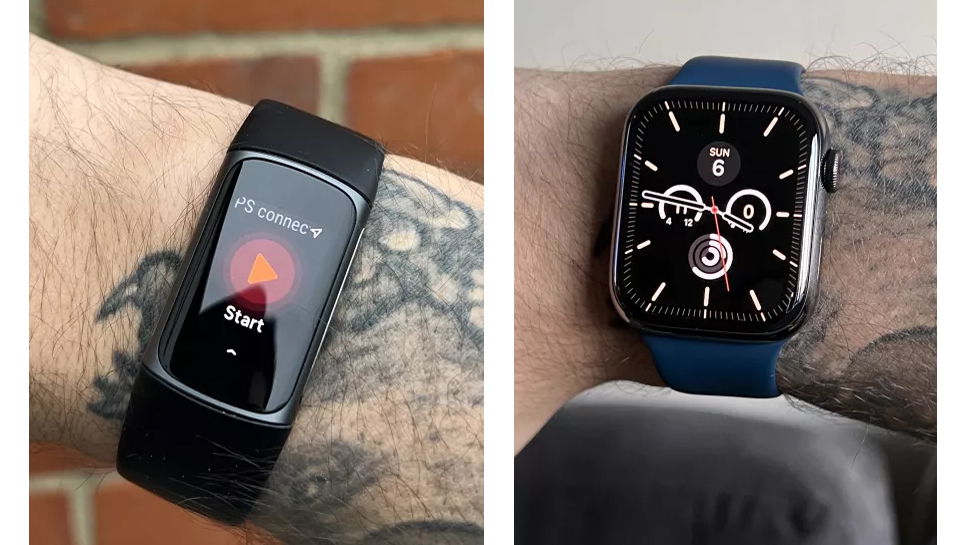
- Fitbit models come in range of sizes
- Apple Watch series tends to be big and bulky
There’s a huge range of Fitbit fitness trackers and smartwatches available from Fitbit, from the sports-focused new Fitbit Charge 5 to the all-singing Fitbit Sense. Apple has just four models – the 3, SE, 6 and the new Apple Watch Series 7.
While all of the models in Apple’s range have the same squarish, chunky look, you’ll find that some of the Fitbit models (like the Charge 5, above) are slim and small, while others (like the Sense) have larger, square-shaped clock faces.
Wearable analyst Leo Gebbie from Connected Devices told Live Science that, historically, Fitbit and Apple targeted different areas of the fitness industry.
“The Apple Watch was positioned as an exclusive premium-tier device offering a powerful user interface and third-party app support, whereas Fitbit offered a range of more affordable fitness trackers and smartwatches backed up by a well-established brand,” he said.
“However, Apple has diversified its offering over time, bringing older models of the Watch down the price curve to compete directly with Fitbit smartwatches. The Series 3 is the entry-level Apple Watch which is available at $199, half the price of its flagship model.”
One of the main differences between Fitbit and Apple Watch is the latter’s close optimisation with the rest of the Apple ecosystem. You need an iPhone to activate the Watch, and it is integrated with Apple’s other devices and services to provide an excellent user experience. By contrast, Fitbit devices are compatible with all smartphones, and simply require the Fitbit smartphone app for connection, making them easily accessible.
Fitbit vs Apple Watch: Smartwatch features
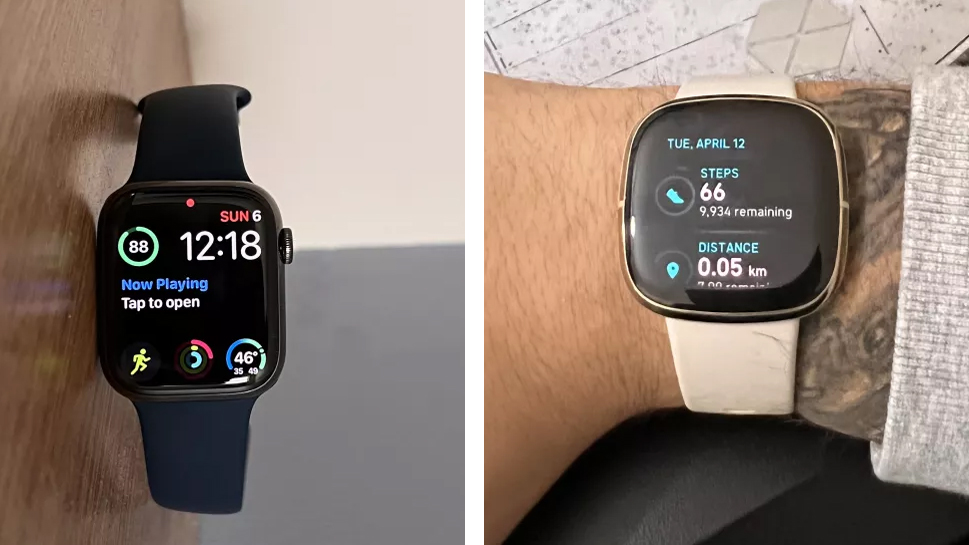
- Fitbit now has some smartwatch-style features
- Apple still leading the way with music downloads and app availability
Overall, Apple has more more smartwatch features to brag about.
Apple Watch has notifications, alarms, timers, Siri and a huge app store. By contrast, Fitbit has some basic services like notification mirroring, and a smaller app offering. You can use your Watch to make payments through Apple Pay, while only a handful of the Fitbit models allow payment via Fitbit Pay.
Apple Watch even has some models with Cellular capabilities, meaning you can accept calls and texts from your wrist, without your iPhone.
The companies also have slightly different approaches to music: with Apple, you can download albums on your watch from the likes of Apple Music and Spotify. On Fitbit, the only way you can download music is if you do so via Deezer or Pandora.
It’s not a huge issue if you prefer to store music on your phone, but it does give Apple the edge in this category.
Fitbit vs Apple Watch: Workouts
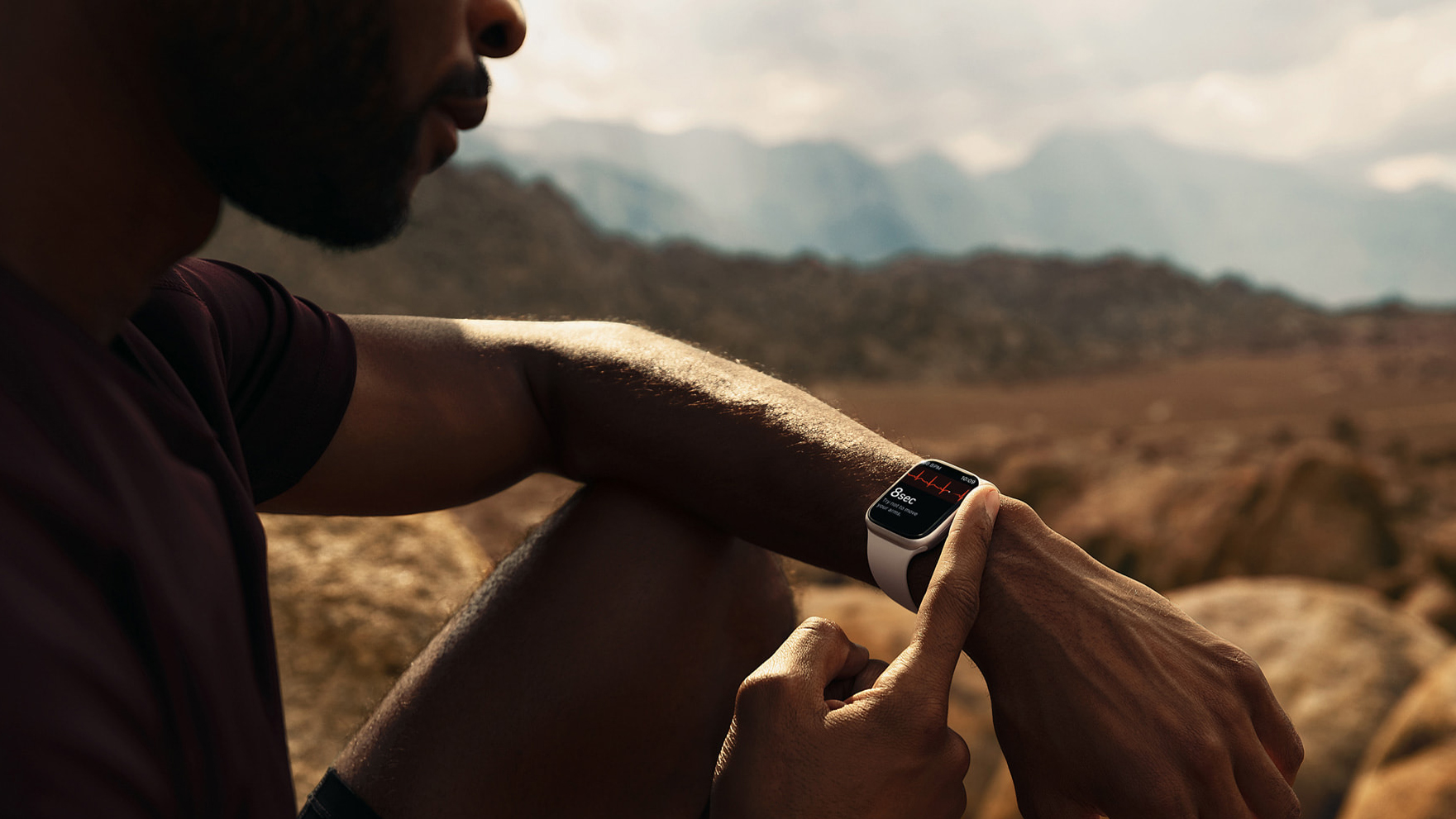
- Fitbit doesn’t have GPS in all trackers
- Both brands offer workout platforms
Both Fitbit and Apple Watch can track workouts but depending on the actual device, they will do this in very different ways, said Gebbie.
“For example, any device from either company can detect when a user is active and record metrics like heart rate and calories burned to review afterwards. But when it comes to specific forms of exercise, there are some differences.
“If you want to go for a run, you’ll be best served by a wearable with GPS on board to get the most accurate tracking of your movement. All Apple Watches include this, whereas not all Fitbits do.”
Owning an Apple Watch allows access to Fitness+, hundreds of instructor-led home workouts including HIIT sessions, yoga and spinning on your iPhone, Ipad and Apple TV (but this requires an extra subscription).
You can get workout classes from Fitbit too, but only if you subscribe to Fitbit Premium.
Fitbit vs Apple Watch: Features
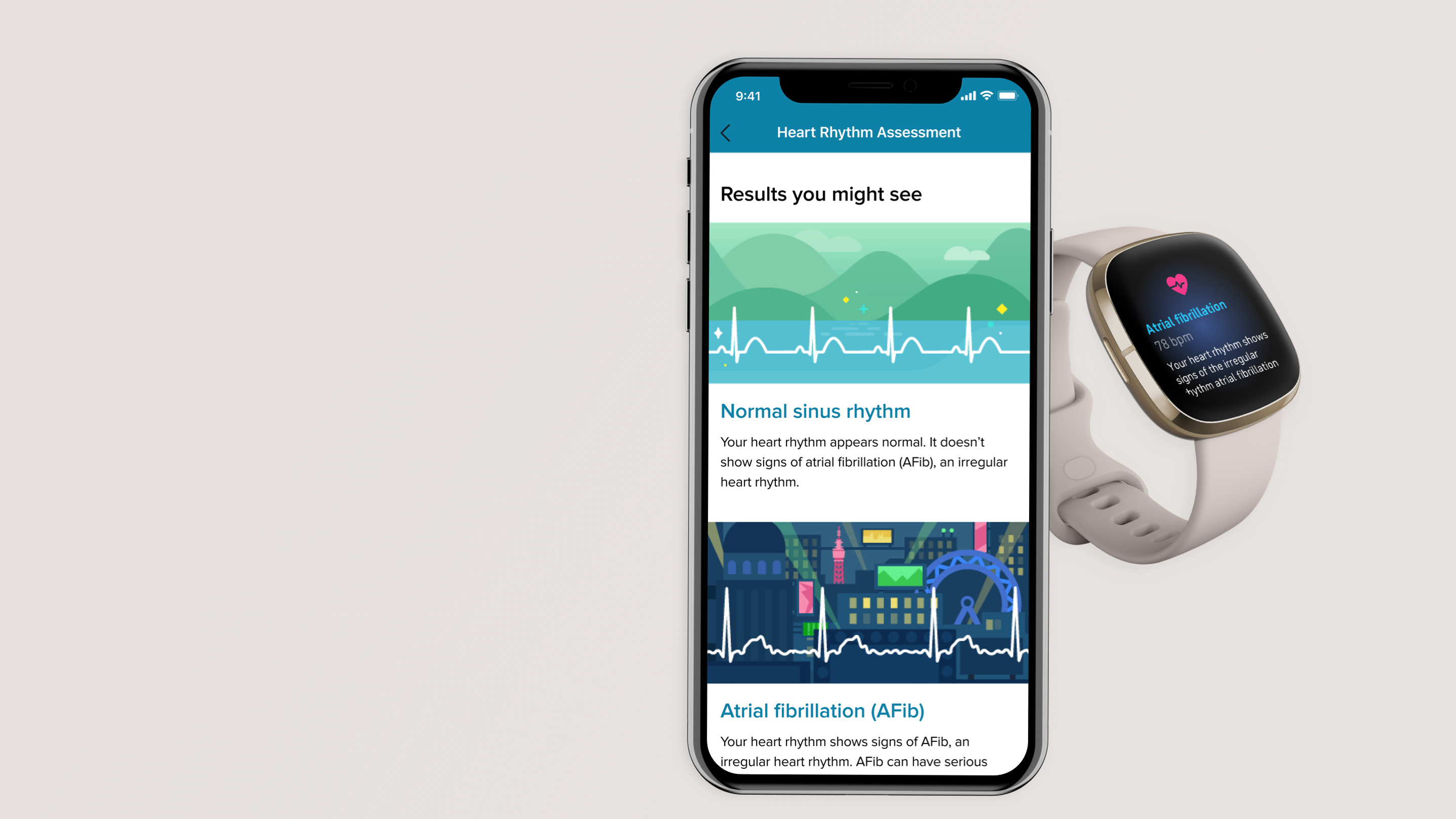
- Similar features across high-end models
- Fitbit Sense has stress-tracking EDA sensor
The Apple Watch and Fitbit models are packed with health and fitness features to monitor heart rate, steps, calories burned, sleep and workouts.
All Apple Watches have inbuilt GPS, while only some Fitbits do. Similarly, some (but not all) Fitbit models and Apple Watches have blood oxygen tracking capabilities. The higher-end Fitbits with GPS and the Apple Watch Series 7 both do, while the SE and 3 Watch don’t. Both the Fitbit Sense and the Apple Watch 7 have ECG readings, allowing you to monitor heart health.
Gebbie also highlights that “the top-of-the-range Fitbit Sense smartwatch packs some new sensors, which are less common across the wearables landscape, such as an electrodermal activity (EDA) sensor which analyses a wearer’s sweat levels to check for signs of stress.”
Both brands offer motivational prompts in different forms. Below, you can see the Apple Ring system, which encourages you to move about during the day, while Fitbit has an Active Zone Minutes scheme (which recommends 150 minutes per week spent in your targeted heart rate zone).
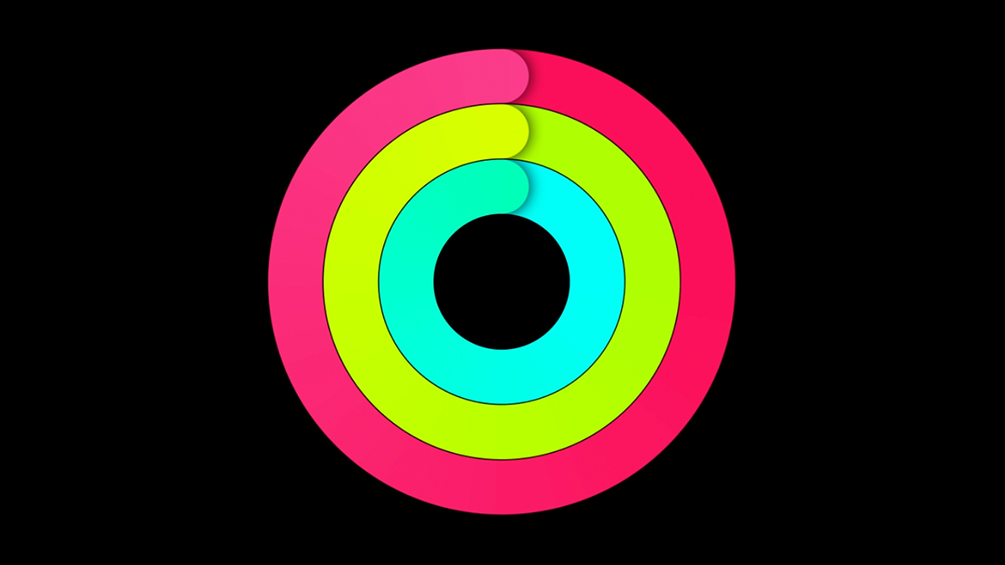
You can also use your Fitbit or Apple Watch to help with your mental health. The Apple Watch has an inbuilt breathe app, while the Fitbit Sense has a electrodermal (EDA) sensor to track how stressed out you are. This works by measuring the perspiration of your hands, which can be a marker for stress. The Fitbit app also has mediation tools included.
One of our favourite features on Apple Watch is if you start a workout but forget to log it, you will get a prompt asking if you want to turn on tracking.
Even more impressive, the new Apple 7 uses specialist AI software to recognise the type of movement you’re doing. For example, rather than simply track that you are dancing, it can distinguish that you are Bhangra dancing – and give a more accurate calorie count as a result.
Fitbit vs Apple Watch: Design
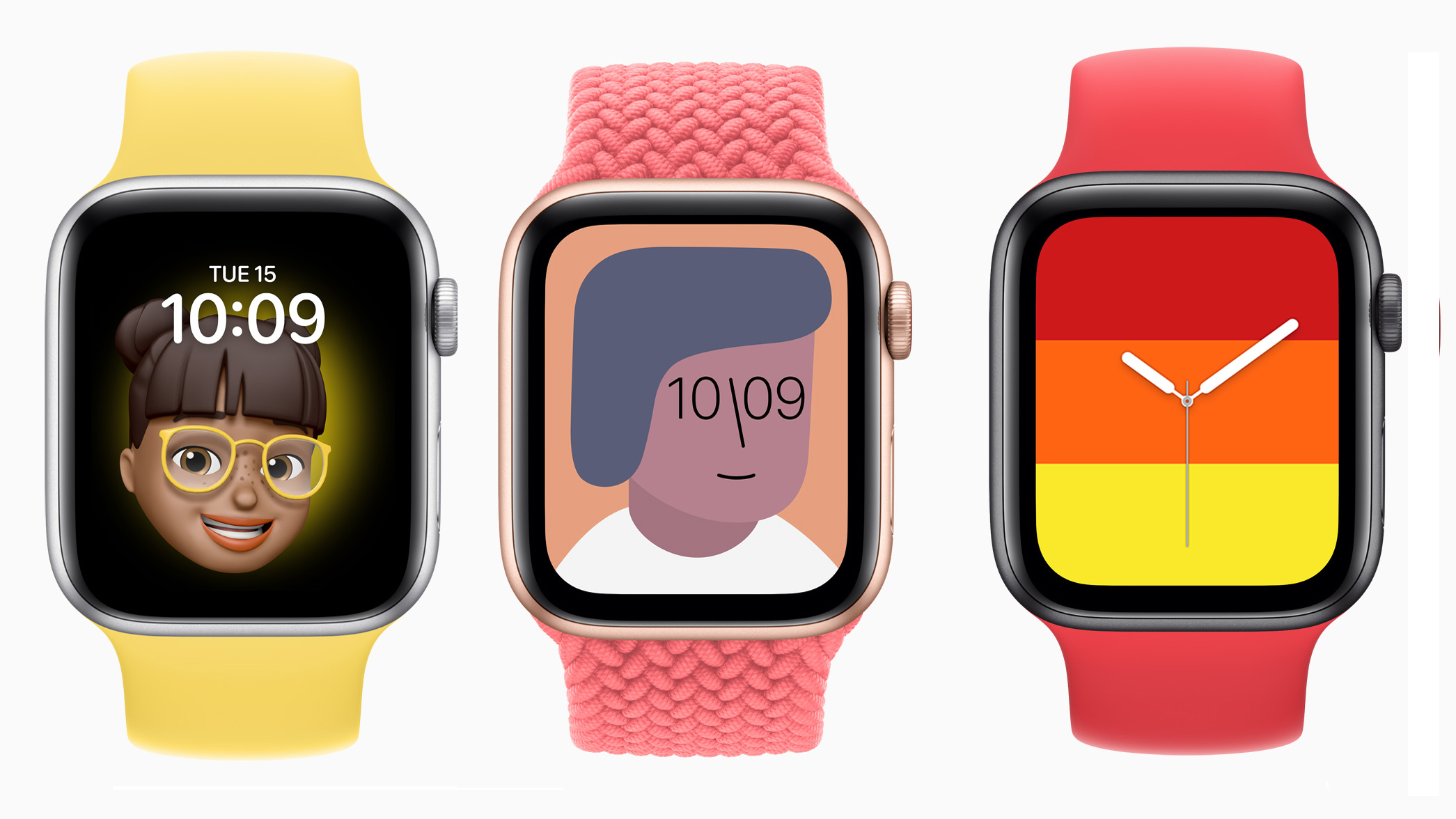
- Both brands allow you to change ‘look’ of product
- Slimmer designs easier to wear for sleep tracking
With its square design, the Apple Watch has hardly changed since it launched in 2015. The series 7 has the biggest and toughest screen to date (41mm x 45mm).
The Fitbit started out as an activity band-type design and a lot of its models still stick with this aesthetic. The Inspire 2, Charge 5 and Luxe models are all slim trackers, while the Versa 3 and the Sense have a larger, square face.
Both Apple Watches and Fitbits are slim proof and can be personalized by changing bands or watch faces.
Which look you prefer is down to you, although in our experience the slimmer designs are easier to wear during the night, so they might be preferable for sleep tracking.
Fitbit vs Apple Watch: Battery life
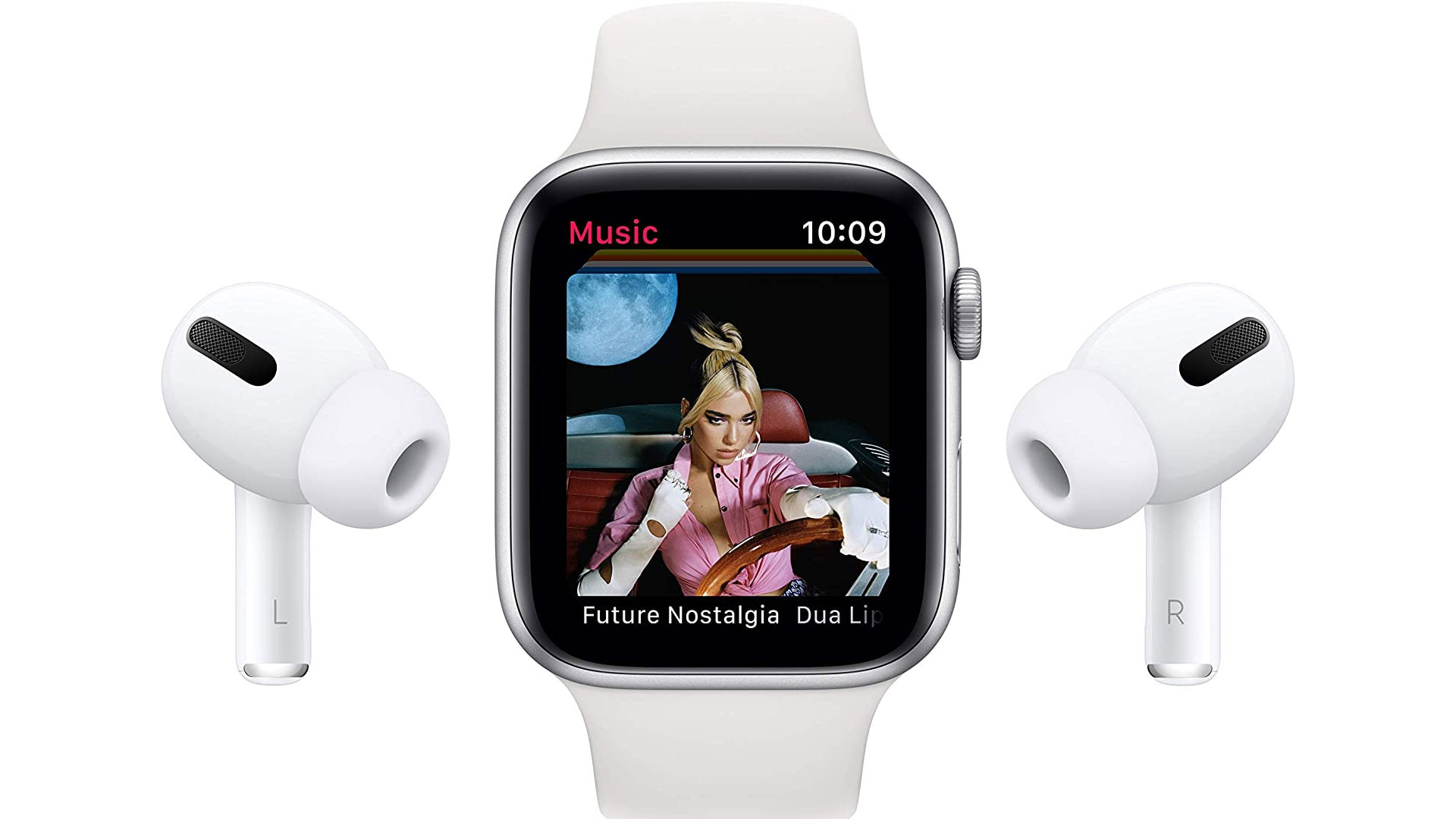
- Fitbit boasts superior battery life
- Apple Watches need charging every day
When it comes to battery life, Fitbit wins hands down, said Gebbie. “The Apple Watch offers an 18-hour battery life, which means you need to charge it every day, whereas many Fitbit trackers and watches can last for days or even weeks at a time without charging.
“This simplicity and reliability is attractive to a lot of users, and our research at Connected Devices has always found that battery life is hugely important to customers.
“However, the Apple Watch offers a more polished user experience than even top-end Fitbit smartwatches, with a more advanced operating system and a wider suite of services.
“This means that the Watch is something of a Swiss Army Knife and is intended to reduce wearers’ reliance on their smartphones by offering a powerful experience on the wrist.”
Fitbit vs Apple Watch: the verdict
The question of which device is better: Fitbit vs Apple Watch, really boils down to what you want from your wearable.
“People who want to spend less money and have a straightforward tracker for their fitness and health will be better served with a Fitbit fitness tracker, whereas those who want a premium smartwatch that can do it all should look at the Apple Watch – as long as you own an iPhone,” said Gebbie.
But, with a spectrum of offerings from both companies, it’s a case of matching up the features and sensors that you want with the price you are willing to pay.




